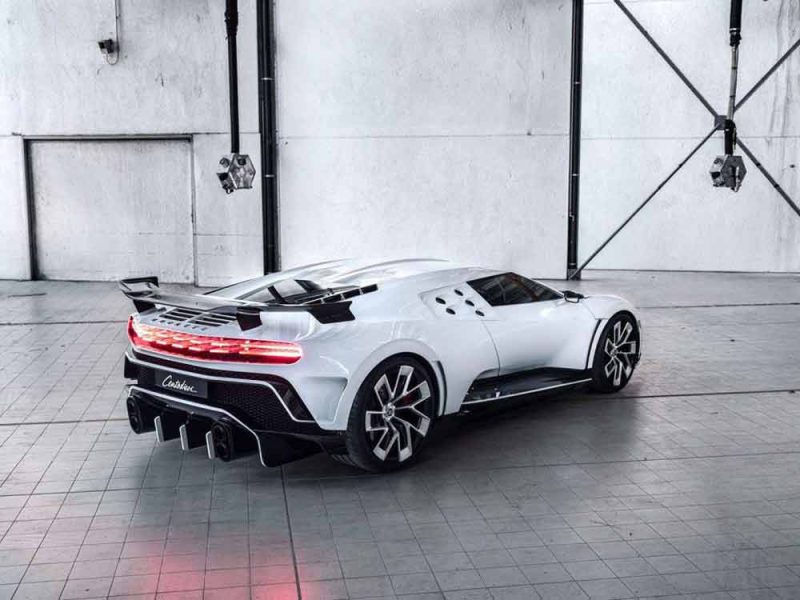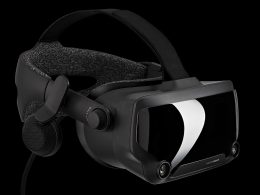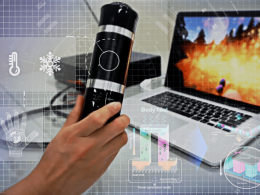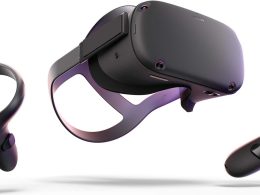Expensive and time-consuming clay prototypes will soon be a thing of the past in the automotive industry. VR should save a year and a lot of money when designing a Bugatti.
With VR technology, designers can create cars completely in 3D or view a newly designed model in its original dimensions - as if the finished car were already physically in front of them. This is much easier and faster than moulding a prototype out of clay, for example.
VR design is therefore being used at Volkswagen's luxury brand Bugatti: according to Bugatti head designer Achim Anscheidt, VR glasses save him around a year in the design process.
"It no longer takes a year and a half. It will take six months with virtual reality", Anscheidt tells Forbes. "I can walk around the entire car and even go inside, which is a totally strange feeling."
Using a multi-user function, he can stand around the digital prototype with his entire design team and discuss details of the design. The next step would be to make adjustments with digital tools directly in VR and in real time on the computer model.
Car design with VR: polygons beat clay
As soon as 90 per cent of the car has been designed in VR, Anscheidt has the digital template produced as a model. According to Anscheidt, this costs around 80,000 euros instead of 400,000 euros for the classic clay prototype.
Based on the model, further improvements and corrections to the digital design are planned until the design is 98 per cent complete. A second model print increases the VR process costs to around 160,000 euros. The classic prototype process already costs 600,000 euros at this point.
The automotive designer Derek Jenkins had already enthused about the vision of virtual reality design more than a decade ago.
"Eighteen years ago, Derek Jenkins, who was one of my role models and heroes, said that we would be walking around VR cars and they would be so realistic that we would be talking about them in VR. And now we're at that point," says Anscheidt.
VR is also increasingly being used for entertainment purposes in a wide variety of car brands, as we can see here, for example, via Porsche or Audi you have already read.
Source: Mixed









